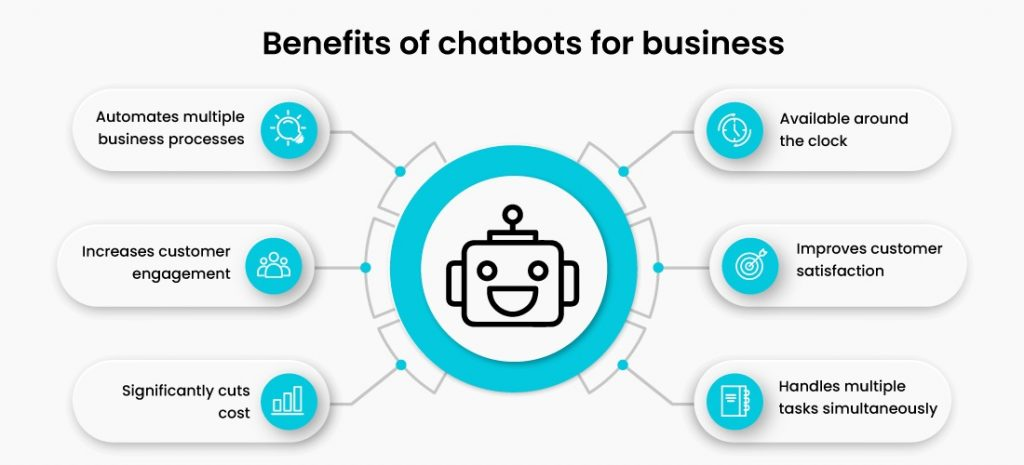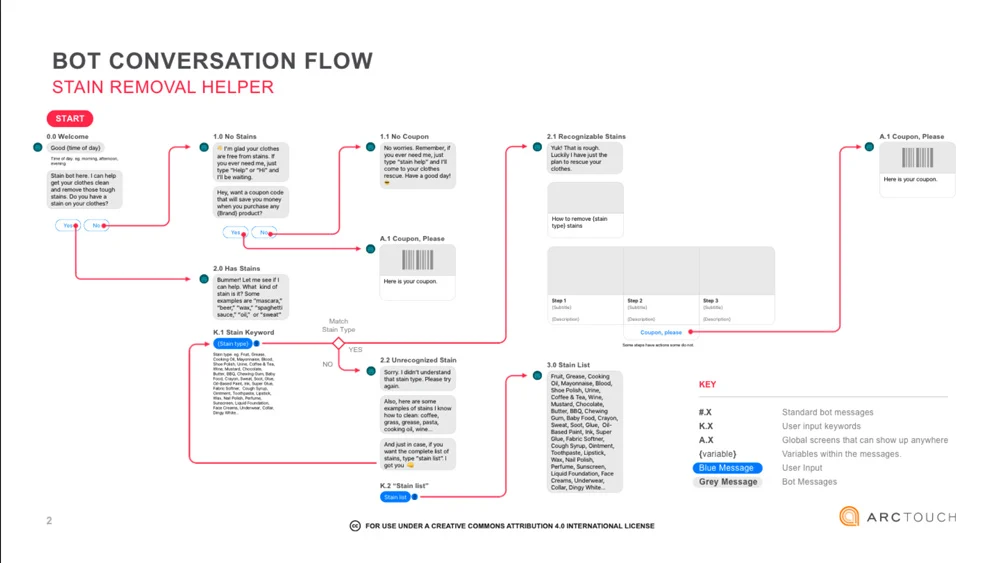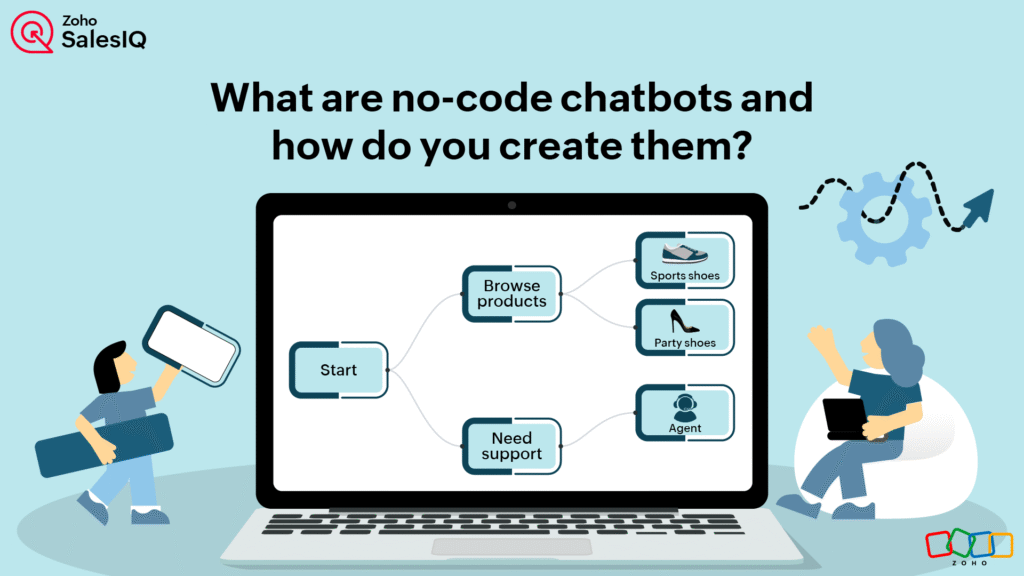Introduction
In today’s digital age, businesses need to offer instant support to their customers. One of the most effective ways to do this is by integrating an AI-powered chatbot on your website. Chatbots enhance user experience by providing quick answers, guiding visitors, and even automating tasks that would otherwise require human intervention.
The best part? You don’t need coding skills to build an AI-powered chatbot. With the right tools, you can create and deploy a chatbot on your website in no time. This guide will walk you through the process of building a no-code AI chatbot for your website, step-by-step.
Why You Need an AI-Powered Chatbot for Your Website
1. 24/7 Availability
AI chatbots never sleep. Unlike human support agents, they are available around the clock, ensuring that your website visitors get answers anytime they need them.
2. Improved User Engagement
Chatbots engage visitors by offering real-time communication. Visitors are more likely to interact with a website that provides instant responses, leading to increased user satisfaction.
3. Lead Generation and Customer Support
AI chatbots can qualify leads and direct potential customers to the right resources. They can also handle common customer queries, reducing the need for manual intervention.
4. Cost-Effective Solution
Instead of hiring a full-time customer support team, an AI chatbot can handle a significant portion of interactions, saving your business time and money.

How AI-Powered Chatbots Work
Before diving into building your own chatbot, it’s important to understand how these bots function. AI chatbots use machine learning (ML) algorithms and natural language processing (NLP) to understand and respond to user queries. These chatbots can:
- Recognize user intent
- Understand context and conversation flow
- Generate appropriate responses based on training data
AI chatbots become smarter over time, learning from interactions to provide more accurate and relevant responses.
Step-by-Step Guide: Build Your AI-Powered Chatbot Without Coding
Creating an AI chatbot for your website is easier than ever, thanks to various no-code platforms. Here’s how you can build your chatbot in a few simple steps:
Step 1: Choose the Right No-Code AI Chatbot Tool
There are several platforms that allow you to build AI chatbots without any coding skills. Some of the best no-code chatbot builders include:
- Chatbot.com: Offers an intuitive drag-and-drop interface for building chatbots.
- Tidio: Great for automating customer support and lead generation.
- ManyChat: Best for building bots on Facebook and other social platforms, but also supports websites.
- MobileMonkey: A platform focused on cross-channel marketing automation.
When choosing a tool, consider the following:
- Ease of use: Does the platform offer a user-friendly interface?
- Integration options: Can you integrate the bot with your website, CRM, or other tools?
- AI capabilities: Does the tool offer natural language processing to understand customer queries?
Step 2: Define Your Chatbot’s Purpose
Think about what you want your chatbot to accomplish. Some common uses include:
- Customer support: Answer common queries, provide product information, and handle support tickets.
- Lead generation: Collect contact information and qualify leads.
- Sales assistant: Guide visitors through a sales funnel, recommend products, and help with purchases.
Define the chatbot’s scope before moving forward, as it will help guide your design and flow.
Step 3: Build the Chatbot Flow
Once you’ve selected your tool and defined the bot’s purpose, the next step is to design the conversation flow. Most no-code platforms use a visual flow builder to map out the bot’s interactions. Here’s how to structure your flow:
- Greeting: Start with a welcoming message to engage users.
- Questions: Identify what questions the chatbot should ask (e.g., “How can I assist you today?”).
- Responses: Add responses for common queries (e.g., product details, contact information).
- Escalation: Include an option to escalate the conversation to a human agent if necessary.

Step 4: Train Your Chatbot
AI chatbots become smarter the more they interact with users. Start by uploading FAQs, product information, and other relevant data for your bot to reference. Some platforms also offer pre-built templates to get you started quickly.
Training is an ongoing process. As the chatbot interacts with users, it will continue learning and improving its responses.
Step 5: Integrate the Chatbot into Your Website
Once your chatbot is built and trained, the next step is to integrate it into your website. Most no-code chatbot tools offer easy integration with website builders like WordPress, Wix, and Shopify.
For WordPress, you can install a plugin for the chatbot platform or embed the bot using a simple script provided by the platform.
Step 6: Test and Optimize Your Chatbot
Before going live, test your chatbot thoroughly to ensure it answers questions accurately and functions as expected. Optimize the conversation flow by tweaking responses and adding new features based on user feedback.
Key Features to Look for in a No-Code AI Chatbot Tool
When selecting a chatbot platform, look for these essential features:
- Customizable templates: Start with templates and modify them to suit your brand and needs.
- Multilingual support: Reach a global audience by offering chatbot support in multiple languages.
- Analytics and reporting: Track chatbot performance and user interactions to improve the experience.
- Integration with third-party tools: Ensure your chatbot integrates with CRMs, email marketing platforms, and other tools you use.

Common Challenges and How to Overcome Them
1. Bot Responses Are Too Generic
To improve your bot’s accuracy, focus on refining the training data and providing clear, concise responses.
2. Limited User Engagement
Increase engagement by offering options like personalized recommendations or playful conversation starters.
3. Integration Issues
Ensure compatibility with your website platform or CRM. If you encounter integration issues, most chatbot platforms provide detailed support or documentation to help resolve them.
Why You Should Choose a No-Code AI Chatbot
Creating an AI-powered chatbot no longer requires deep programming knowledge. No-code tools allow you to build a chatbot in a matter of hours, saving both time and money. By offering automated support, boosting lead generation, and enhancing user engagement, a chatbot can transform your website’s user experience.
Conclusion
Building an AI-powered chatbot for your website is a smart move that can significantly improve customer experience, increase sales, and reduce operational costs. With no-code tools, creating and deploying a chatbot has never been easier. By following this guide, you’ll be able to choose the best platform, design an effective chatbot flow, and integrate it seamlessly into your website.
If you’re ready to take your website to the next level with an AI-powered chatbot, start exploring no-code solutions today!
Frequently Asked Questions (FAQs)
1. Can I build a chatbot without coding?
Yes! There are many no-code AI chatbot platforms that allow you to build a chatbot without any programming knowledge.
2. How does AI understand user queries?
AI uses natural language processing (NLP) to understand and interpret the meaning behind a user’s text. The bot then generates a relevant response.
3. Can I integrate my chatbot with my CRM?
Yes, most no-code chatbot tools offer integrations with popular CRMs like Salesforce, HubSpot, and others.
4. How do I measure my chatbot’s performance?
You can track chatbot performance through analytics dashboards offered by most platforms, which show user engagement, response accuracy, and more.
5. What is the cost of using a no-code AI chatbot?
Prices vary depending on the platform and features. Many offer free tiers with limited features, while paid plans start at around $10–$50/month.







